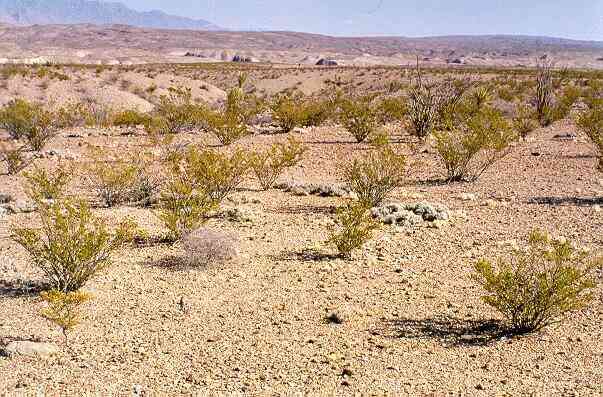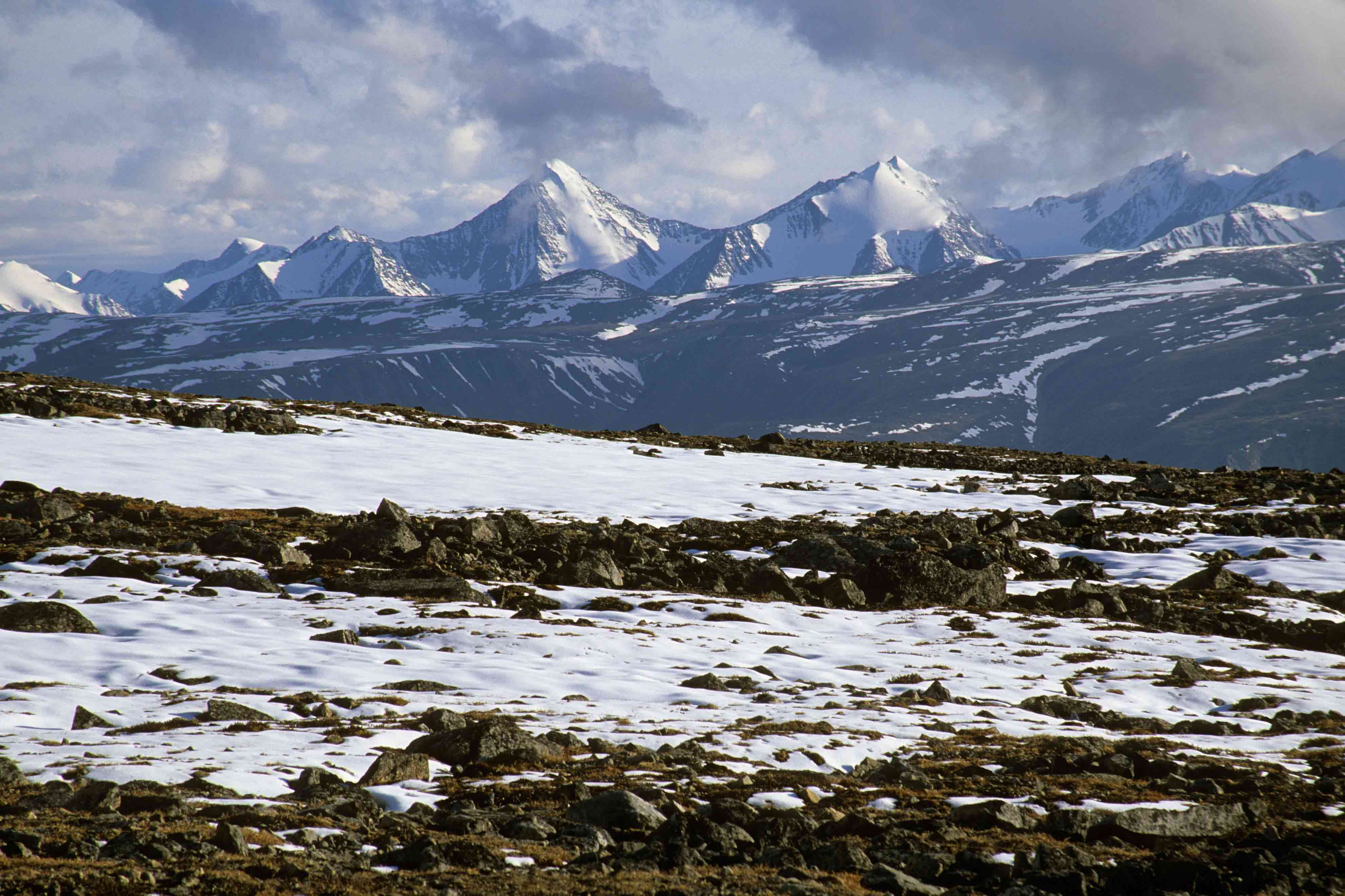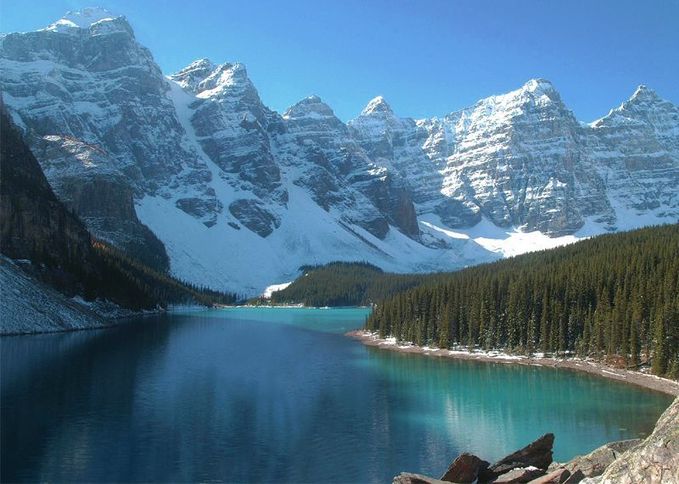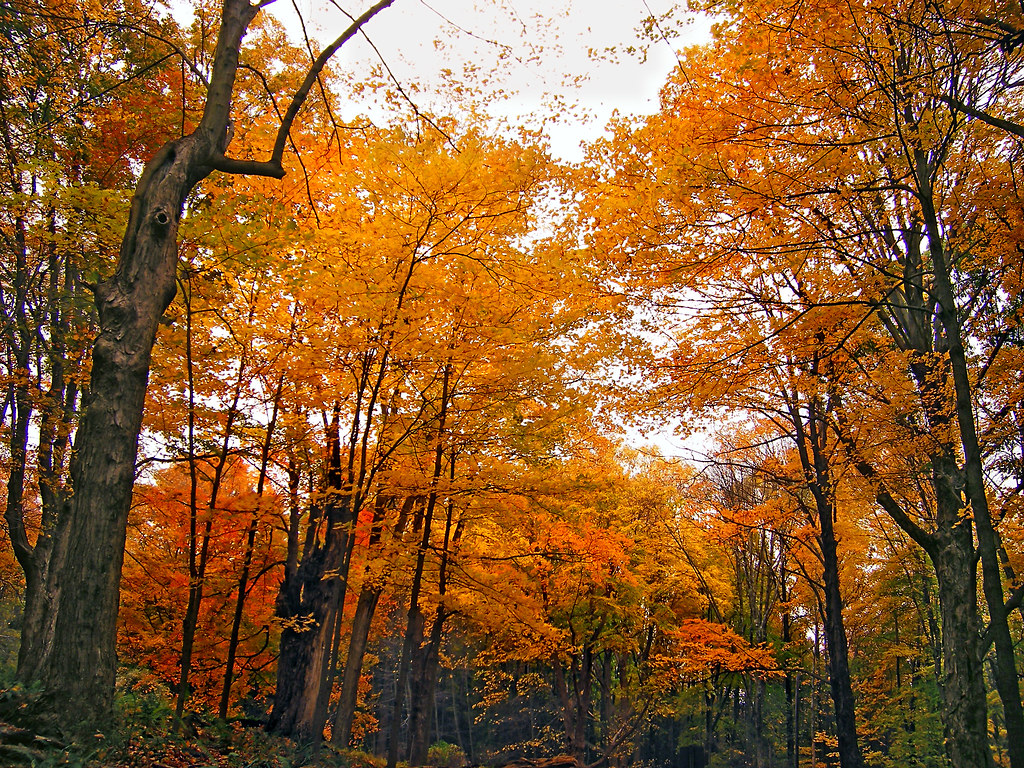
Here are some books that you may find useful during your studies. Search the Bennies catalogue Accessit for more, or browse the Non-fiction collection NFS..
Steve Backshall lifts the lid on an incredible world of intricate relationships and unexpected hardship in the Amazon rainforest, explores the way that the jungle's inhabitants interact, and reveals a hidden secret that might just be what keeps the whole place alive.
Steve Backshall tries to discover just what makes it possible for a river to stop in the middle of a desert. The Okavango is the world's largest inland delta and home to one of Africa's greatest congregations of wildlife, and in asking the difficult questions Steve reveals the astounding secret to its existence.







Climate Classification Maps- These climate classification maps show three different methods of classifying the climate of Australia based on three different classification schemes - temperature/humidity, vegetation (Köppen) and seasonal rainfall.
Biomes exist on land and in oceans and differ according to their location and geographic characteristics. Topography (the shape of the land), climate and soils mean similar land biomes can have different species of plants and animals. Food can be produced from different biomes when people change the environment for example by ploughing the land, building greenhouses to grow plants, draining swamps and wetlands, building terraces on slopes etc.